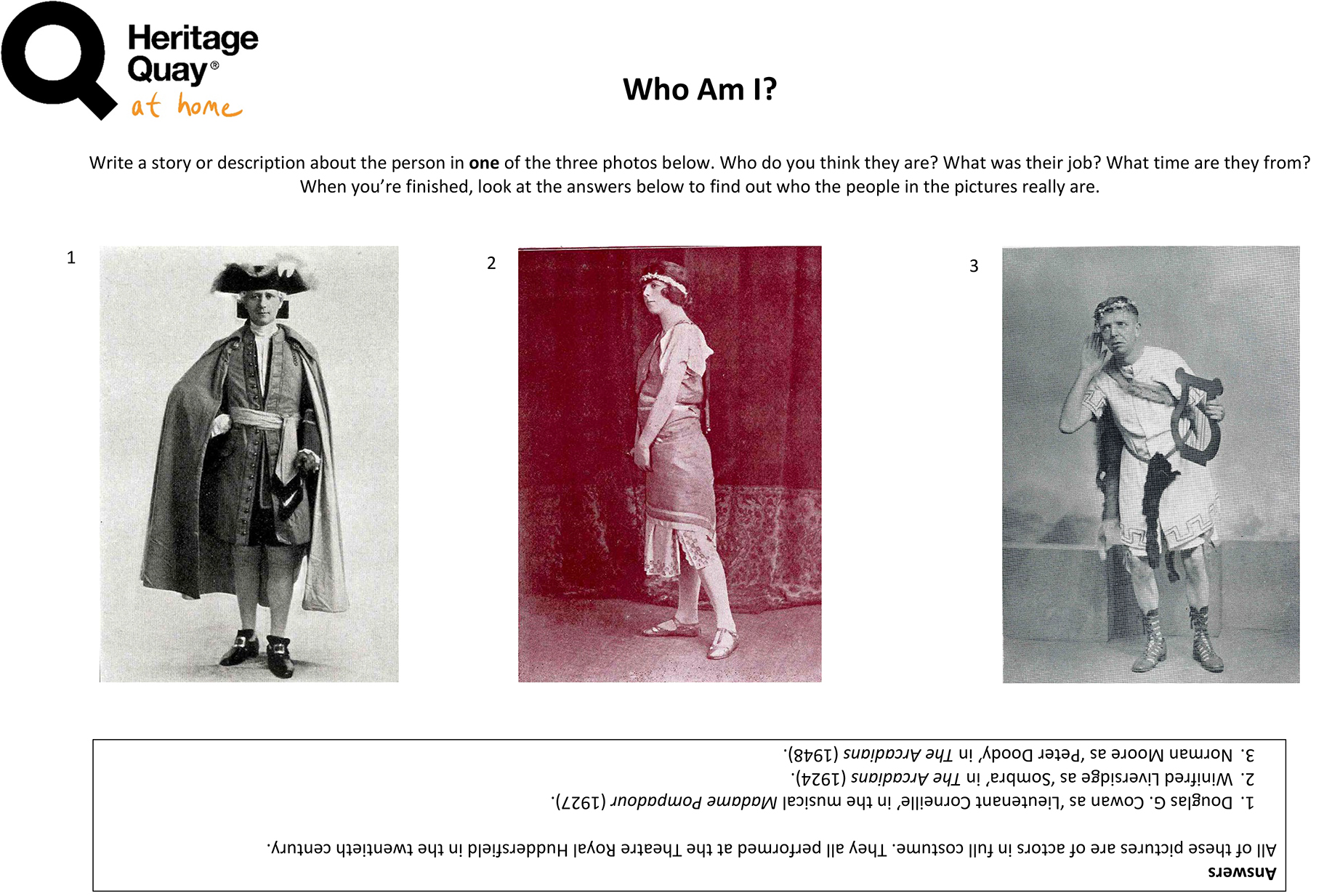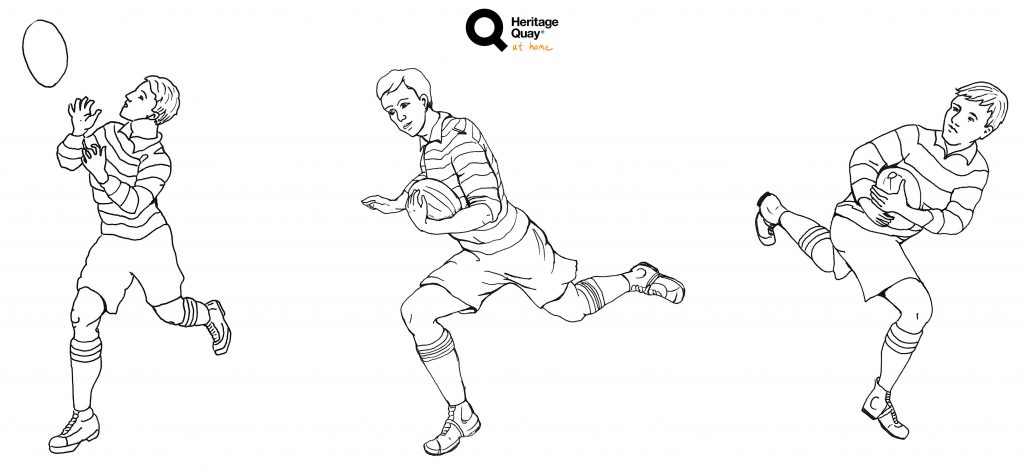Hi, my name is Abbi, I’m a second year English Lit with Creative Writing student – and I have spent part of the last year on placement with the Ted Hughes Network, cataloguing their collection in Heritage Quay. Cataloguing is a fairly simple but time consuming task which involves handling the materials, which can include broadsides and limited edition press books, listing it on a spreadsheet and giving it a catalogue number before boxing it.
The catalogue number is unique to each item – and we decided to use a collection/sunfond/year of publication-title-type, for example, the item ‘Animal Poems’ has the catalogue number: THN/PN/1967-Animal-BK1. This means that it’s collection is THN (Ted Hughes Network), the subfond is a subcategory with ‘Animal Poems’ belonging to the Poetry Limited Editions and Prints subfond, it was published in 1967, first word of its title is ‘Animal’ and BK stands for book.

The Ted Hughes Network collection is in its infancy but constantly growing, and it’s really exciting to see some of the recent acquisitions; which include the beautiful Bundle of Birds – which is a handbound, handwritten collection of Ted Hughes’ poems, made by Hughes and his son Nicholas as a gift for Olwyn Hughes, Ted’s sister and his literary agent. This item is exquisitely detailed and totally unique – and I would really recommend taking the opportunity to come and see it and other items within the collection. You can also find the collection online on the Heritage Quay website at http://heritagequay.org/archives/THN*/.
Some of the items I listed were also made part of a Heritage Quay’s exhibition called ‘Hughes and Larkin: Poets and Rivals’ which gave an insight to the working and personal relationship between the poets – with some items on loan from the University of Hull.
It’s been a really exciting placement to work on and I’m really pleased to see my work on exhibition – even if it’s just the catalogue numbers. I’m hoping to continue my work with the Ted Hughes Network in the future – and will be using my experience to underpin future studies here at Huddersfield.










